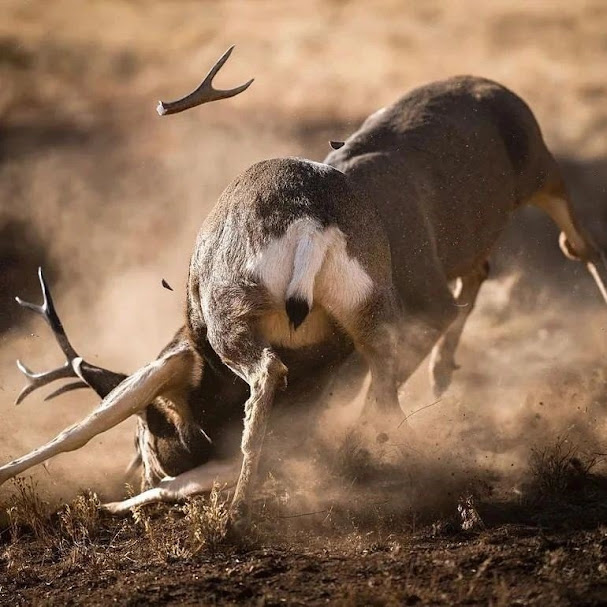And what country can preserve its liberties if their rulers are not warned from time to time that their people preserve the spirit of resistance? Let them take arms. The remedy is to set them right as to facts, pardon and pacify them. What signify a few lives lost in a century or two? The tree of liberty must be refreshed from time to time with the blood of patriots and tyrants.
Wednesday, November 30, 2022
An exceptional mosaic depicting scenes from the clash between Achilles and Hector at the end of the Trojan War has been unearthed at Rutland in the East Midlands. It is one of only a handful of mosaics with this motif known to survive .
Tuesday, November 29, 2022
Monday, November 28, 2022
Hot Time In Hawaii
An eruption began in the summit caldera of Hawaii's Mauna Loa, the world's largest active volcano, on Sunday night, the U.S. Geological Service's (USGS) volcanic activity service said.
The summit caldera of Hawaii's Mauna Loa volcano, November 28, 2022. via USGS.
"At this time, lava flows are contained within the summit area and are not threatening downslope communities," the notification said.
However, the notification warned, based on previous events, that the early eruption stages of this volcano can be very dynamic and the location and advance of lava flows can change rapidly.
Mauna Loa, which takes up more than half of the Big Island in Hawaii, and rises 13,679 feet (4,169 meters) above the Pacific Ocean, last erupted in March and April of 1984, sending a flow of lava within 5 miles (8.05 km) of the city of Hilo.

















































